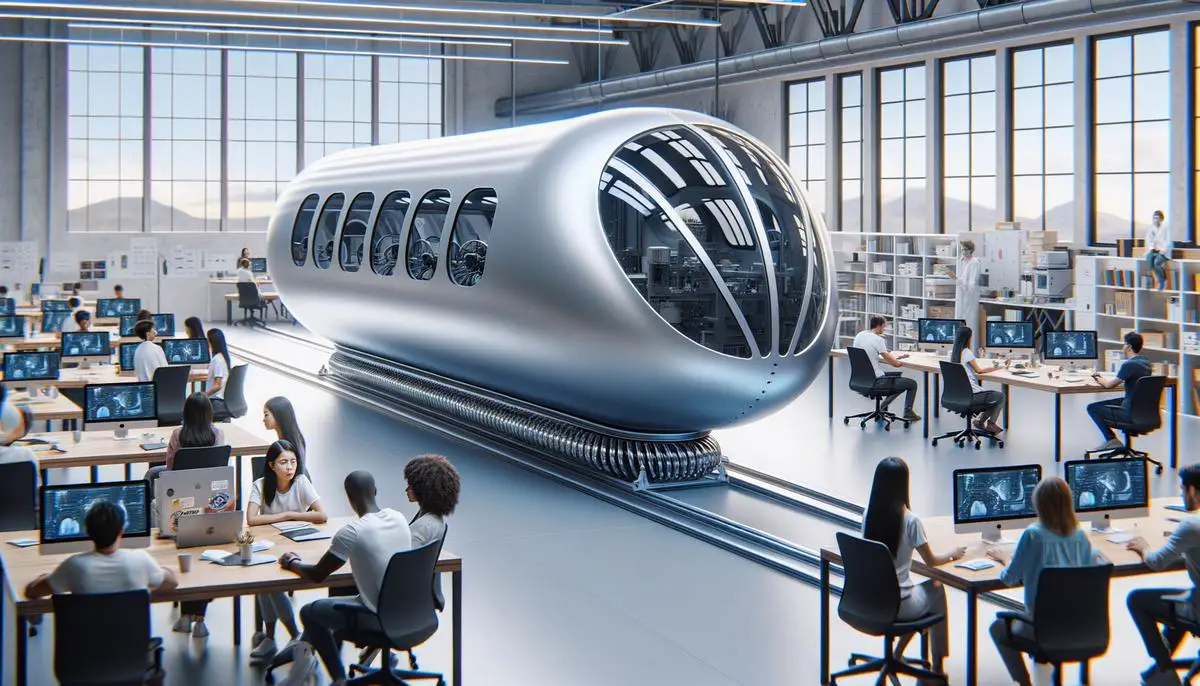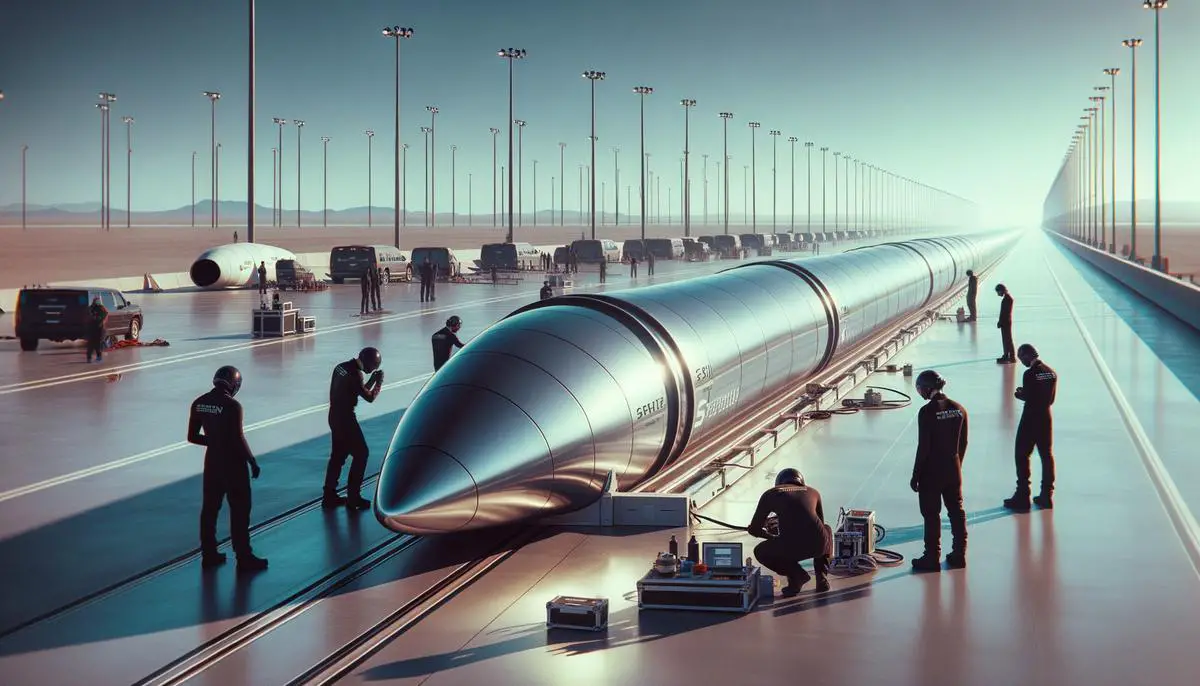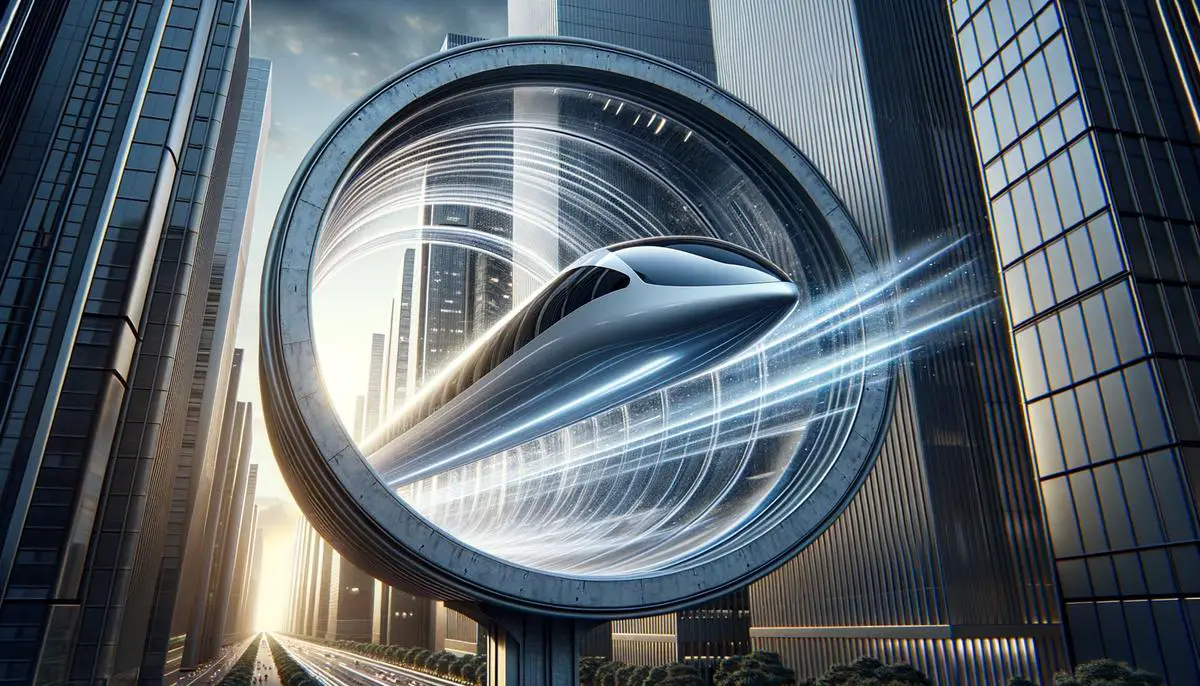Origins and Initial Development of Hyperloop
Elon Musk introduced the Hyperloop concept in 2013, envisioning a high-speed transportation system to significantly reduce travel times between cities like San Francisco and Los Angeles. The idea of pods traveling through vacuum tubes at near-sonic speeds captured global interest.
SpaceX established a test tube stretching nearly a mile in Hawthorne, California, marking the beginning of practical Hyperloop development. To foster innovation, SpaceX launched competitions inviting teams worldwide to design and race Hyperloop pods. In 2015, MIT entered the competition with a prototype emphasizing magnet-based levitation over Musk's original air cushion plan.
The MIT team's pod, about 8 feet long and 3 feet wide, focused on speed and safety. It served as a benchmark at SpaceX-hosted competition events. However, maintaining and operating the test tube presented logistical challenges. Eventually, SpaceX dismantled the tube, repurposing the area for employee parking.
As the project progressed, focus shifted from technological breakthroughs to practical issues. The Hyperloop competitions showcased student ingenuity and collaborative spirit, but the path forward revealed regulatory, logistical, and technological hurdles. The initial promises of revolutionary travel faced the realities of engineering and infrastructure constraints.

Challenges and Current Status of Hyperloop
The Hyperloop project faced significant technical, logistical, and regulatory challenges. Creating a vehicle capable of safely traveling at the envisioned speeds required advanced materials, precision engineering, and innovative approaches to propulsion and levitation. Constructing and maintaining a near-vacuum tube over long distances proved to be a monumental task.
Public and regulatory concerns added complexity. The project often clashed with existing regulations and required unprecedented cooperation from various governmental bodies. Local authorities had to balance the excitement around innovation with practical concerns such as road accessibility and community impact.
By 2019, after several annual competitions and incremental advancements, SpaceX discontinued its direct involvement in the Hyperloop project. The dismantling of the Hawthorne test tube symbolized a pause in the development of passenger Hyperloop systems by SpaceX. However, the knowledge gained continues to contribute to ongoing research in high-speed transportation.
While the Hyperloop may not be progressing as initially envisioned, its journey has influenced the field of transportation technology. The challenges encountered provided valuable lessons for future endeavors in high-speed transit projects. The Hyperloop story underscores the complexity and unpredictability of innovation in mega-projects and technological advancements.

Impact of Hyperloop Competitions and Innovations
The SpaceX Hyperloop Pod Competitions catalyzed significant advancements in innovation and academic involvement. Universities worldwide participated, aiming to turn Elon Musk's vision into reality. Teams from institutions such as MIT, UC Berkeley, and the Technical University of Munich (TUM) made notable contributions.
MIT's team opted for magnet-based levitation, departing from Musk's original air cushion concept. Their prototype won the best overall design award at the Texas A&M competition, and their work on electrodynamic suspension systems pushed technological boundaries.
Berkeley Hyperloop focused on achieving high performance using lightweight yet strong materials like carbon fiber and titanium. Their efforts emphasized problem-solving and radical open-mindedness in engineering practices.
TUM consistently improved their prototypes, breaking speed records multiple times. Their 2019 prototype achieved a speed of 482 km/h, featuring:
- A custom braking system
- High-density battery cells
- An all-titanium design
These competitions served as innovation incubators, fostering collaboration and competition. The detailed investigations into levitation systems, lightweight structural designs, and high-performance propulsion mechanisms have informed broader applications in high-speed travel.
Participants gained valuable real-world problem-solving experience, often surpassing standard academic curricula. This comprehensive educational experience has influenced many in their professional careers, highlighting the importance of visionary projects in catalyzing progress, even when faced with practical limitations.

The Hyperloop project has demonstrated the complex relationship between visionary ideas and practical implementation. While its ambitious goals have encountered significant challenges, the legacy of innovation and collaboration it inspired continues to influence future transportation technologies.
- Musk E. Hyperloop Alpha. SpaceX. 2013.
- Hawkins AJ. SpaceX's Hyperloop test track is now just a parking lot. The Verge. 2022.
- MIT Hyperloop Team. Final Design Report. Massachusetts Institute of Technology. 2016.
- TUM Hyperloop. TUM Hyperloop achieves new speed record. Technical University of Munich. 2019.
![]()
